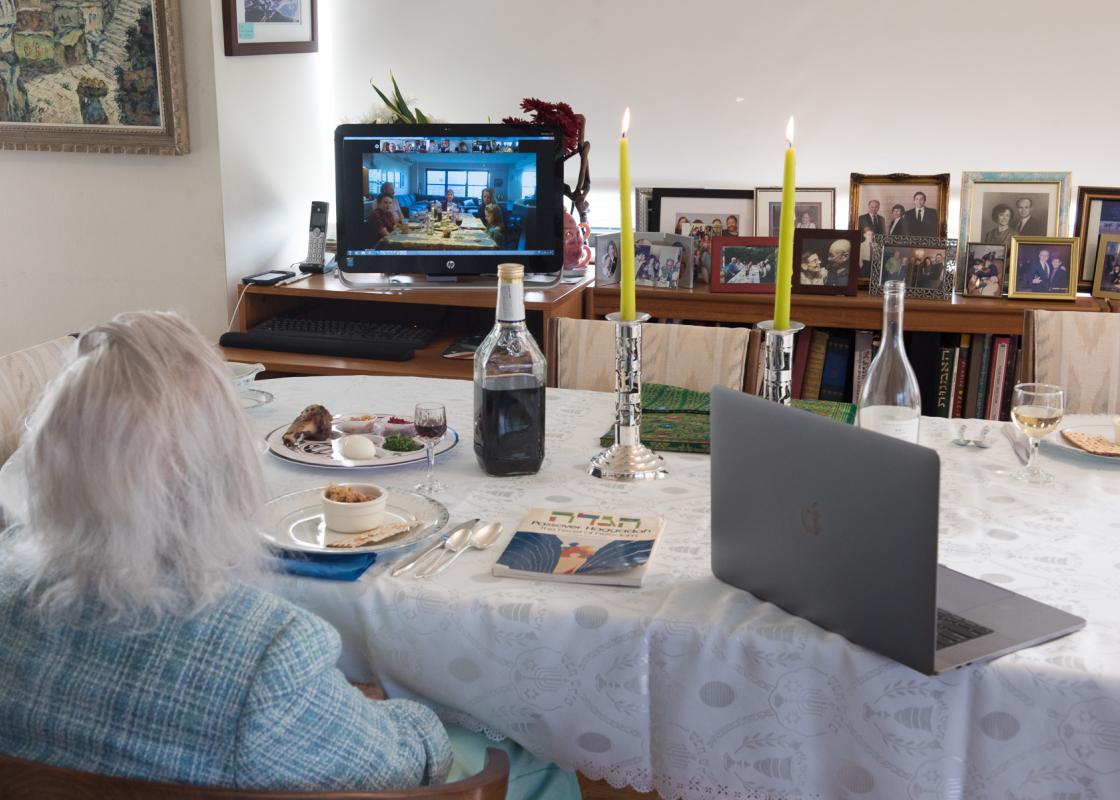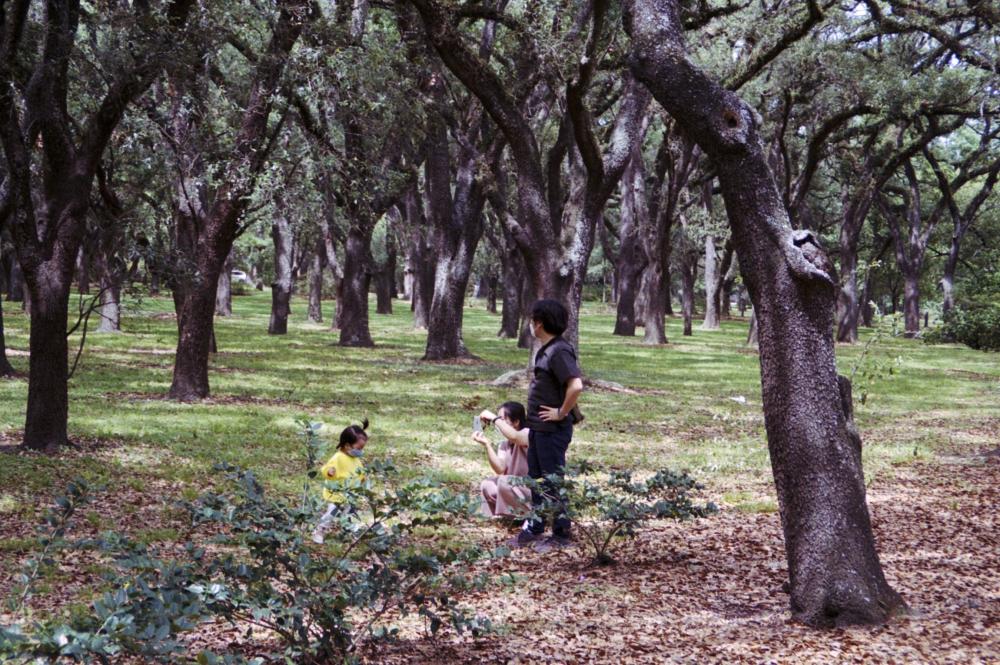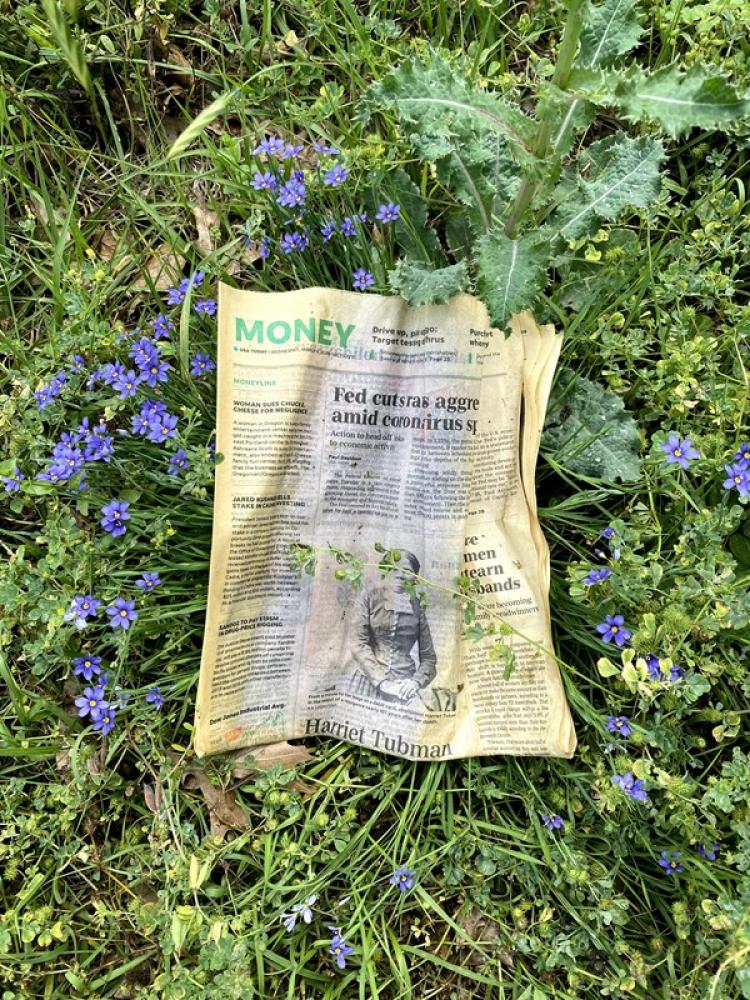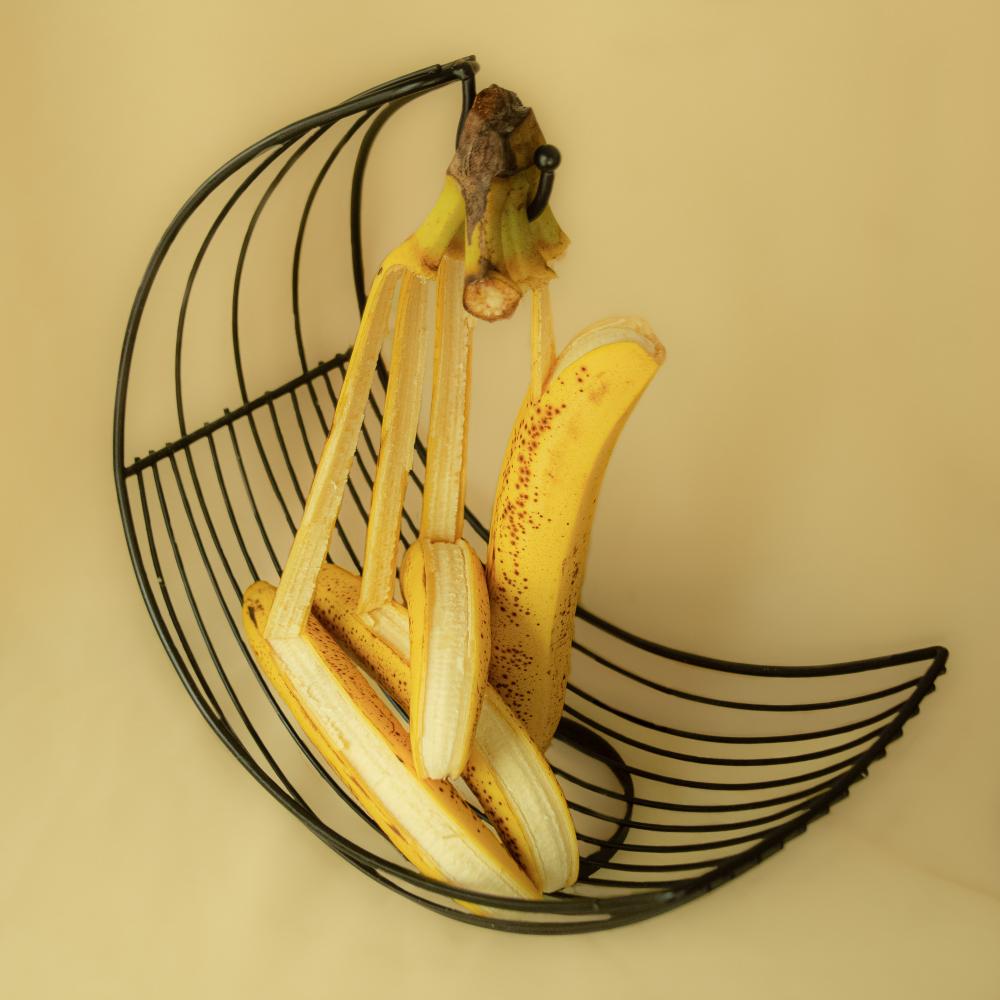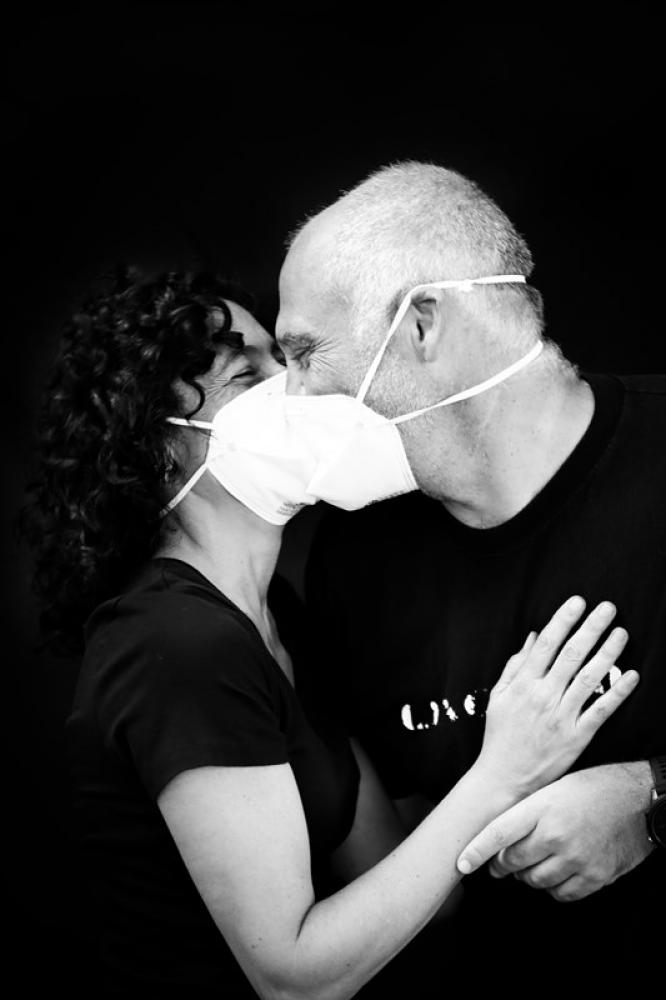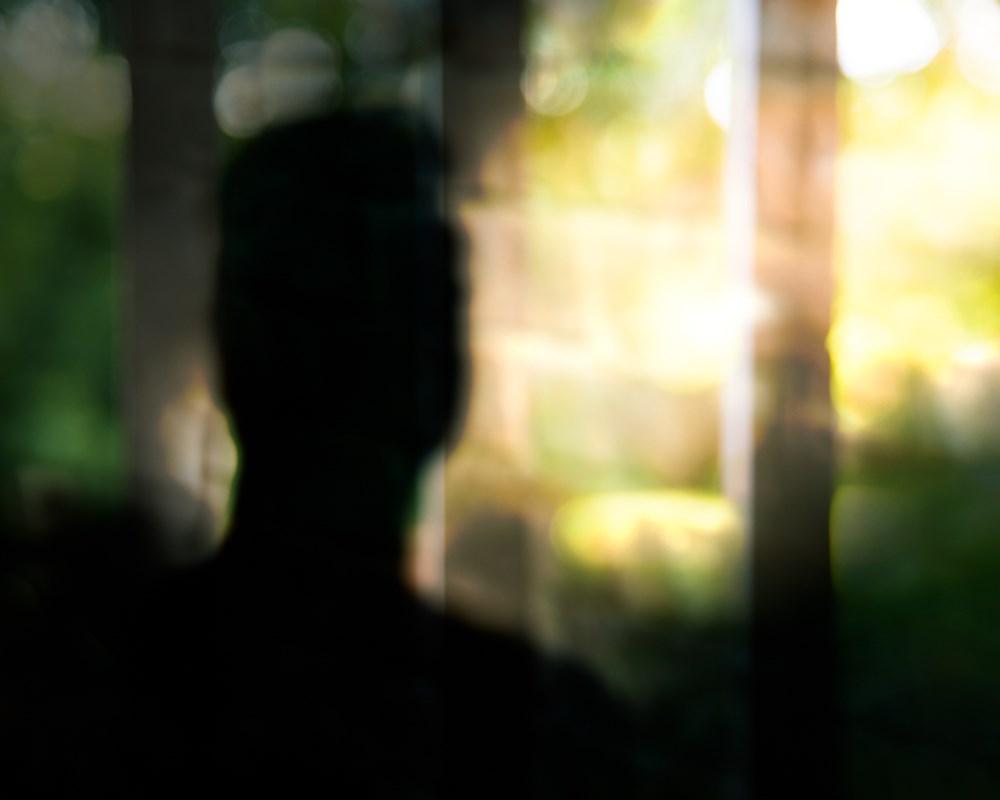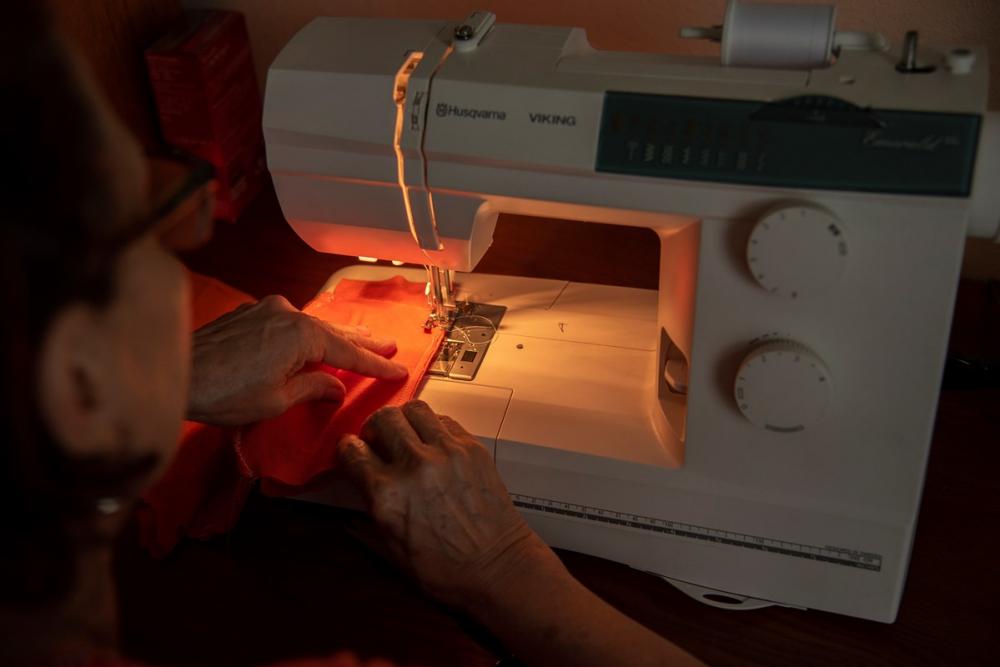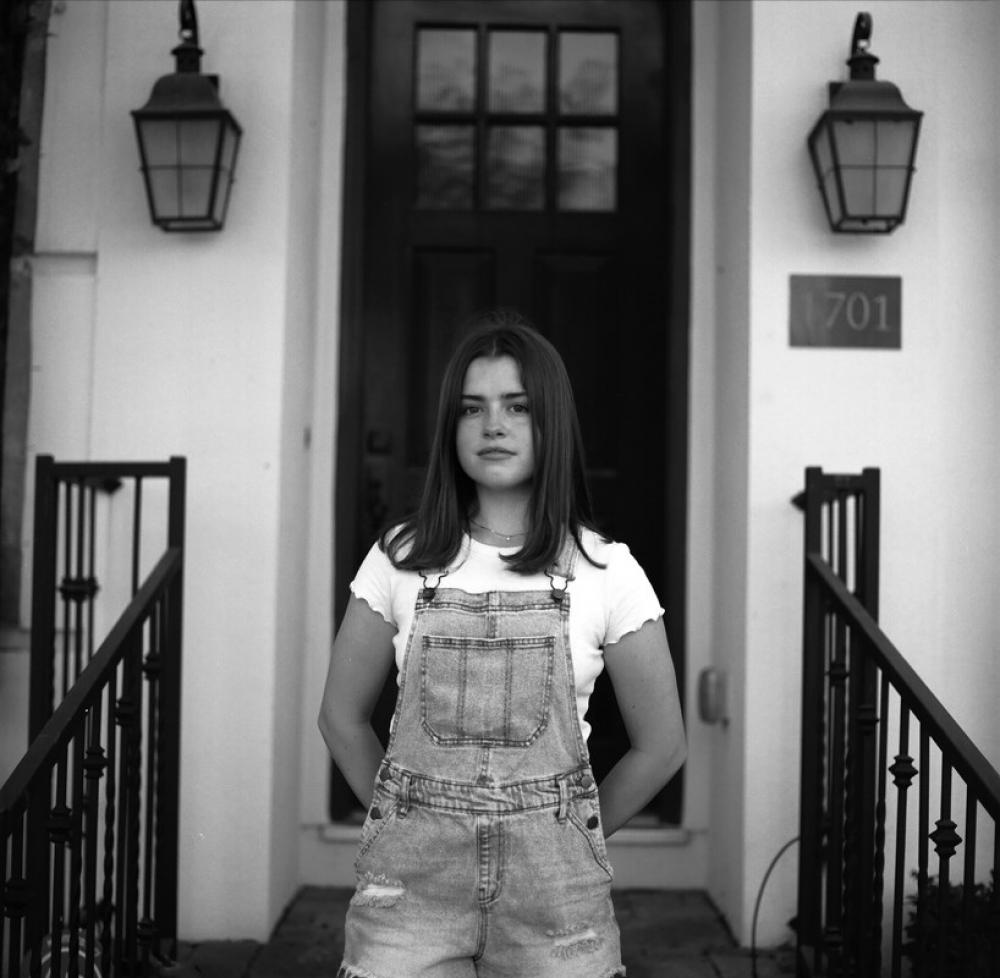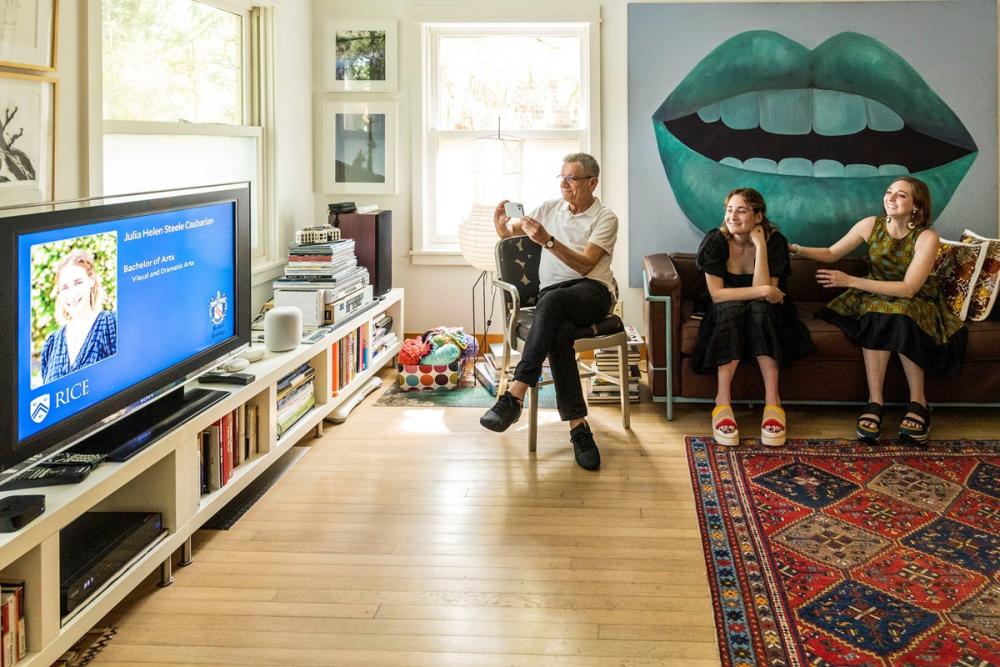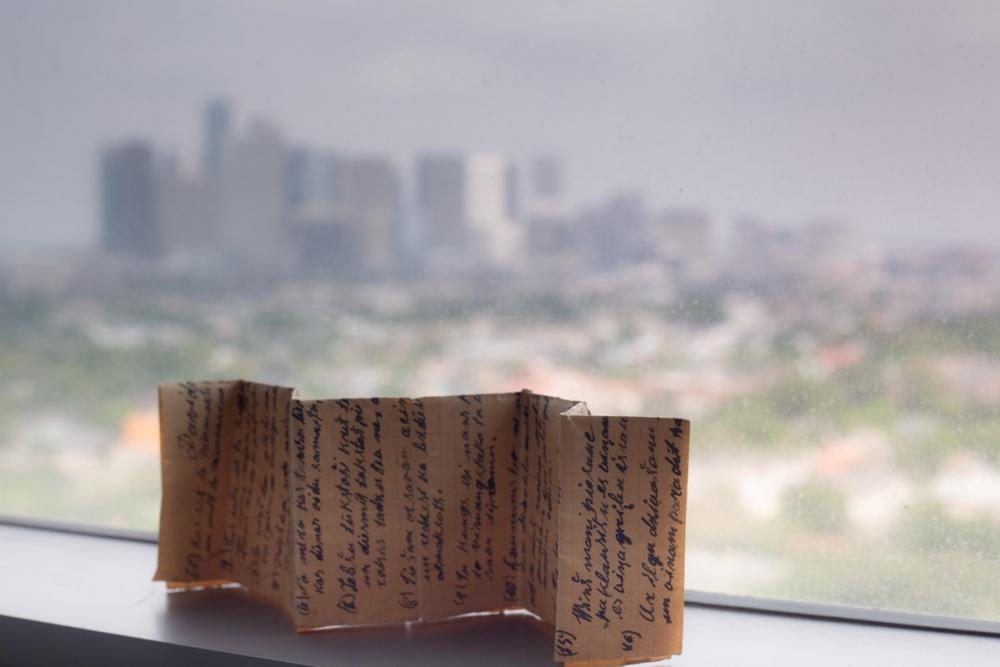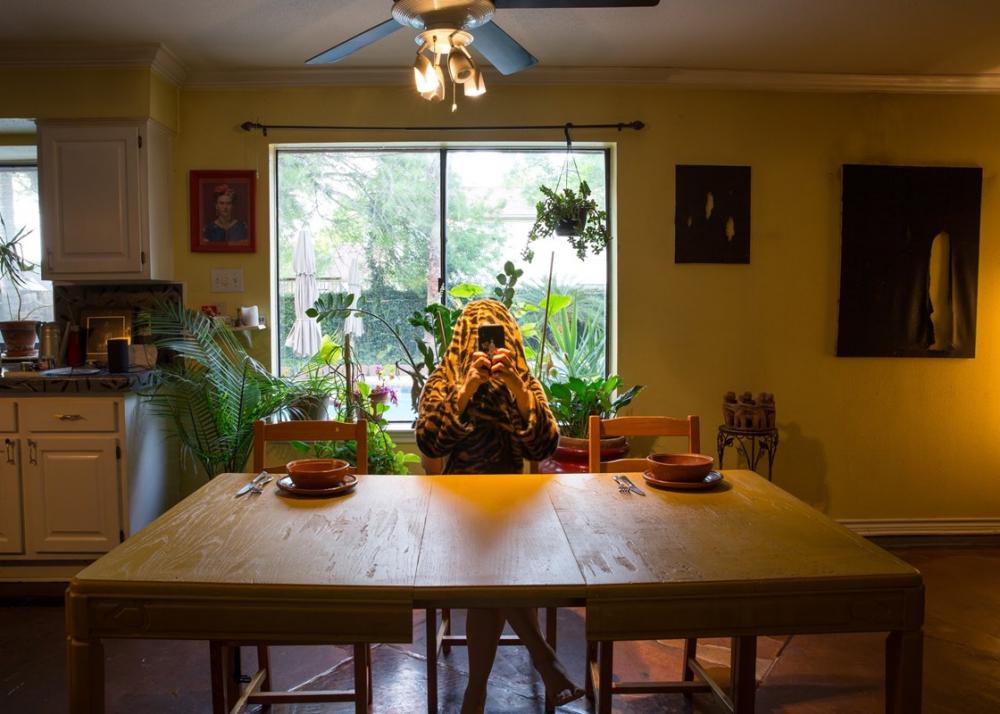It’s been about seven months since the United States first took widespread action in response to the coronavirus, and, whether we admit it or not, we remain deep in the grip of the pandemic. As of this writing, 208,000 Americans have died due to COVID-19, an average of about 1,000 deaths daily.
For those who can afford to socially distance or work from home, the pandemic has significantly altered many aspects of daily life. For those who cannot, it means life has continued with even more anxiety. The pandemic has revealed the strain on already overworked or broken systems—our public education and health care systems, respectively. Many of the pandemic’s necessary changes will reshape the ways we live, work, educate ourselves and our children, shop, travel, and gather, likely for years to come. Already there is conversation about the future of the office and the toll on creative industries, mental health, and our relationships–a recent essay in The New York Times presented a new concept: a “coronavirus divorce.”
Our routines have changed and therefore what we see has changed as well. To capture this, in April the Houston Center for Photography (HCP) launched an open call for photographs about what life looked like during lockdown. Photographers from around the world responded, submitting over 3,000 photographs. They are collected in Togethering, an online exhibit by HCP. As then-Executive Director and Curator Ashlyn Davis (she concluded her position at HCP at the end of September) wrote in her introduction to the show, this permanent, virtual exhibition intends to "provide a community platform for us to connect with one another during this time of great distance.”
The subject matter of the images varies widely. Davis writes that
among the submissions were photographs of military changes of command, bedrooms-turned camera obscuras, and elaborate, staged photos of family members, who whether by choice or circumstance were quarantining together. Yet, some of the most poignant images were of the intimate moments of our daily lives—cutting a loved one’s hair, waving out the window to a neighbor, looking at ourselves in a mirror. There is humor, there is deeply-felt isolation, and there are many moments of self-reflection in Togethering.
The images focus on domestic rituals, family members, and residential scenes. The outside world recedes, leaving us to study interior worlds. Besides the intimacy of their subjects, the photographs arrive with many effects: There are blurs, reflections, shadows, mirrors, diptychs, collages, double exposures—an outpouring of creativity to image what had been an anxious and slow Spring.
A number of submissions from Houston are included in the show. In these the city goes away; we only catch a glimpse of skyline in the background of Sarah Ketelaar’s image of a folded page with handwritten text. Other photos capture objects in states of decay—Bradly Alan Brown finds a newspaper in the grass, ringed by small purple flowers; Briana Vargas’s title says it all (Still Life of Tired Bananas); and Sarah Sudhoff examines the detritus of working with colored pencils. There are portraits: In Ava, Norman Avery captures a young woman on the front steps; a fuzzy individual appears in John Bishop’s Home_ Day 27; a seated subject cloaked in tiger fashion photographs back in Tere Garcia’s Home; and someone sews in Laura Marin’s Improve, illuminated by her sewing machine. And there are small groups: In Cody Swan’s Precious Time, parents photograph a young daughter beneath a canopy of oaks (perhaps at Rice University?) and a man and a woman lean in for a masked kiss attempt in Cynthia Isakson’s photograph. Even Rice Architecture’s Interim Dean makes an appearance in Patrick Appel’s image of an online graduation.
For me, the most moving of these images is Talya Arbisser’s Passover Seders. We see an older woman joining a Zoom call for the holiday, with the screen aligning with the row of family photos. But the image is complicated by the second laptop that suggests another diagonal connection off to the right, making for a more interesting sequence of views and explaining the plural used in the title—we’re seeing not one meal, but at least two. The image attempts festivity but is a bit deserted. It summons the Seder tradition of leaving a cup of wine out for the prophet Elijah, but this time in the form of empty chairs. They remind us of those who are not here with us now, but they also anticipate the arrival of new guests.
Togethering is a welcome visual expression of solidarity, but its images already feel buried deep in a year that feels interminable. Lately, weeks feel like months and months feel like years. Last Spring was… when? These photographs mark the now-historic beginning of the pandemic of 2020, a time in which there was at least some consensus about how to respond. Soon after HCP’s call, states (including Texas) began reopening on May 1, spurring new waves of infections and hotspots throughout the American South. The unity of “lockdown” togetherness was gone, replaced by the uncertainty surrounding what is safe behavior and the desire for some normalcy—new, next, or same old, same old—to appear.
The virus isn’t gone; on October 1, Texas Medical Center admitted eighty-one new patients and showed a -1.7% growth rate, slightly downward. Infection rates remain similar to those of early June (before Houston’s surge) and higher than those of May. Responsibility has been shed down the chain of command, from the federal government to states to counties to cities to school districts and, finally, to individuals. A shared sense of common purpose is gone, leaving us destabilized and adrift in coping with the pandemic’s effects.
The images in Togethering showcase the strength and humor it has taken to get through the pandemic and its related crises. There is anguish and loneliness, but also the discovery of community, an aspect of disasters that Rebecca Solnit writes about in A Paradise Built in Hell. The sentiment sounds like the opening lyrics of the jazz standard “Alone Together”:
Alone together, beyond the crowd
Above the world, we’re not too proud
To cling together, we’re strong
As long as we’re together.
Togethering collects images of resilience. Visit HCP’s website to begin scrolling; the imagery is a welcome alternative to the doomscrolling that’s all too common these days. It’s okay if it takes you a couple visits to get through the whole show, as it will stay online until June 2022. Togethering is here with us for a good long while, just like the pandemic itself.
Jack Murphy is Editor of Cite.


